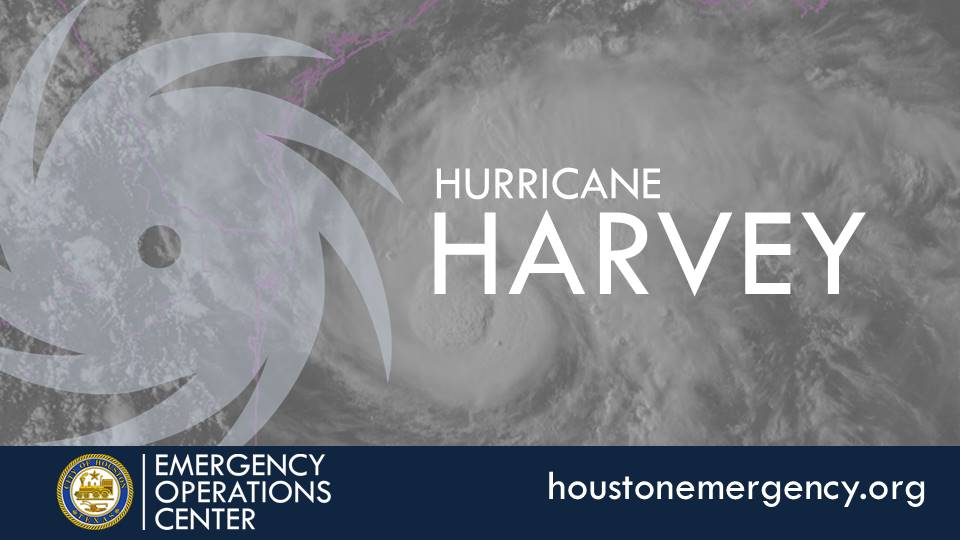Help your family prepare for a natural disaster.
Hurricanes
How to prepare:
- Learn your community’s evacuation routes and nearest evacuation shelters.
- Make plans for special assistance for the elderly, disabled, and pets.
- Learn about emergency plans for your children’s school or daycare center.
- Meet with household members and discuss how to respond to a pending disaster.
- Discuss what to do about power outages or personal injury.
- Learn how to turn off the water, gas, and electricity at main switches.
- Post emergency numbers near telephones.
- Pick one out-of-state and one local friend or relative for family members to call if separated by disaster.
- Pick two meeting places: A place near home and a place outside your neighborhood in case you cannot return home after a disaster.
- Take a basic first aid or CPR class.
- Make an inventory of the items you own; take photos and include serial numbers if possible. Keep this inventory, along with any other important documents such as family records and insurance policies, in a water- and fire-proof container.
- Carefully review your insurance policy so you are familiar with the coverage you have.
- Prepare a smaller version of your disaster supplies emergency kit for your car.
- Make sure your car is in good working condition and has a full tank of gas.
- Obtain materials, such as plastic and plywood, necessary to properly secure your home.
- Trim trees and shrubs, cutting weak branches and trees that could fall on or bump against your home.
- Secure items that might blow away or be torn loose, such as garbage cans, signs, and patio furniture.
- Check prescription medications and make sure you have at least a 10- to 14-day supply.
- Clear your windshield and windows on the inside and outside to ensure you have clear visibility.
- Be sure all of your tires are properly inflated and vehicle lights work properly.
How to stay safe in the home:
- Listen to your radio for the latest emergency procedures or evacuations; observe road closure signs.
- Remain indoors until officials announce an “all clear.”
- Stay away from doors and windows. Designate a “safe room” in the house or on the property that is windowless and is centrally located.
- Store mattresses or seat cushions in the “safe room” for added protection from flying debris.
- Shut off water, gas, and electricity if instructed to do so.
- If your home begins to flood, move to a second floor or attic. If necessary, use an axe to cut a hole in the roof for an emergency exit.
How to stay safe on the road:
- Turn on windshield wipers and headlights (not just daytime running lights), as soon as rain begins to fall.
- If windows begin to fog, turn on the car’s defroster, preferably the heat.
- Use low-beam headlights to help other drivers see your car and increase visibility.
- Slow down. Speed limits are set for ideal road conditions. Rain decreases visibility and increases braking distances.
- Increase following distances. Normal dry pavement following distance (three to four seconds) should be increased to eight seconds or more when driving on slippery surfaces.
- Driving in other vehicle’s tracks can improve traction and help you avoid hydroplaning.
- Drivers of four-wheel-drive vehicles must remember they are not immune from hydroplaning on wet surfaces.
- Be wary of high wind conditions and give extra room for larger trucks.
- Watch out for debris or downed wires. If you’re in a vehicle that is in contact with a downed power line, the best rule is to stay there until help arrives. If there is an imminent danger, such as fire, stand on the door frame or edge of the vehicle and jump clear with both feet at the same time.
- Do not cross standing water on the road. As little as 6 inches of water can make you lose control of your car; 2 feet of water will carry away most cars.
- Try to avoid bridges and roads that are known to flood.
- If you are forced to stop in traffic due to poor visibility, turn on emergency flashers.
How to recover:
- Don’t touch loose or dangling wires.
- If your home is flooded, don’t turn on lights or appliances until an electrician inspects your property.
- Store any undamaged property in a protected place so it will not be stolen.
- Don’t drink tap water until given an “all clear” by officials.
- Notify your relatives of your safety and whereabouts.
- If your home and/or car are damaged, take pictures of the damage for insurance claims and contact your service agent.
- If power lines are on your vehicle, do not attempt to remove them nor touch the vehicle. Contact the local power company for assistance.
- If the vehicle has been flooded, contact a qualified automotive technician before attempting to start it. Have the technician inspect all mechanical components including the engine, transmission, steering system, axles, and fuel system for water contamination. Also have the technician drain floodwater from contaminated systems and flush with clean water or a solvent, as appropriate. All contaminated fluids, such as oil, transmission fluid, and engine coolant, should be drained and replaced.
- Only make necessary repairs to protect your home from further damage. These may include:
- Covering broken windows and holes
- Removing soaked carpet
- Drying flooded areas
- Unplugging electronics and appliances
- Be present when the adjuster inspects your damaged property.


